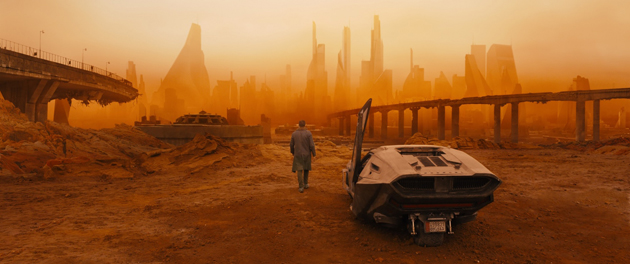Dennis Gassner

I did the same thing in Mexico City when we created the Day of the Dead for Spectre. You can take a big name franchise like Bond and come in and really help the community. And I said to the ministry of tourism in Mexico City, I want to help you guys change the way the world sees Mexico. Let’s do it through the arts. Through the art of your culture. I’m going to design it but you’re the experts. You build this. I sent them all the plans and they built all of it and it was an amazing sequence. And I said, After filming I’m going to give you everything to store and bring back next year for your own Day of the Dead. The following year someone said, You should see this YouTube clip. It was the Minister of Tourism on the Day of the Dead the following year saying, We thank the Bond crew! We’ve had hundreds of thousands of people come in to Mexico City to celebrate.
AS: That’s an amazing way to give to a community.
DG: That’s always been my approach to filmmaking. Enrich the people in whatever community you’re in. Leave it the same or better. Hopefully better, and let them have an experience. They’re our audience. They are the people that are going to be telling their family and their extended family to go see the film. They all worked so hard and here’s the end result.
AS: In contrast to most film work, on TV one generally has to do a big design presentation to the network. On these big tentpole movies like the Bonds are you ever asked to do a big presentation to the producers?
DG: No, I don’t do that. The presentation is the wall.
AS: And your wall is the concept art showing the story in chronological order almost like storyboards or a graphic novel?
DG: Yes. Concept art. Some set design pieces, some 3D modeling and so on.
AS: How about the research, say for the 1920’s? Or other references you use for inspiration?
DG: That’s in a different place. My researcher does that. I have a wonderful assistant. She has good intuition. I tell her, I’m thinking about this and this and this today and bang 10-12 images arrive on my computer. And I look at them and then maybe out of 5 or 6 images I get a piece of something.
AS: Something sparks…
DG: That’s all you need. Because there’s always so much information you’re dealing with throughout your day. You need time to generate the ideas. And I’ll do little teeny sketches. I don’t draw elaborately anymore. There are people who do that so well. I do a two minute sketch and give it to a concept artist and have him work on it for three days. It comes back and it’s amazing. So you keep circulating that information within the concept department and the 3D department and allow it to nurture itself. Then I just follow up, Adjust this, and this, and this. And eventually it gets there.
Thanks to Tom Lisowski (alias Art Stars) and Dennis Gassner for this look into a fascinating passionate world. I like that Gassner says he IS a director, and shows how that is true.